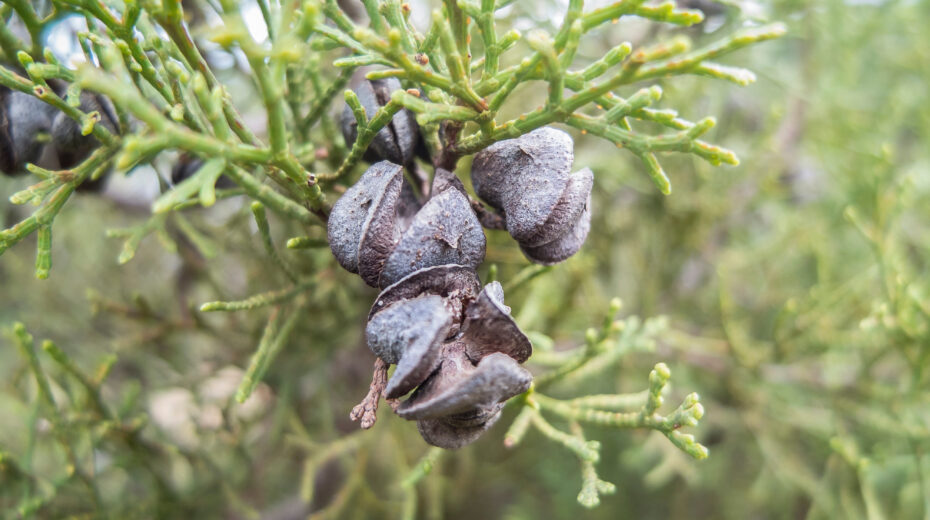The Arar tree has tiny, scale-like leaves covered with salt crystals. Its gray color changes to a yellowish hue in summer. Due to its limited root system, the tree can be easily uprooted. The Arar (העַרְעָר) is today identified with the juniper (Juniperus) from the cypress family. In Arabic, these trees are called “Arara.” The word Arar has the root ע.ר.ה, which means “naked,” “bare,” or “hollowed out.”
Bible reference
The prophet Jeremiah, who was well acquainted with the vegetation around the Dead Sea, considered the barren, seemingly leafless tree with its gray color to symbolize a suffering person with no hope of improving his condition. Its few roots makes it a symbol of the godless.
“He will be like an Arar (עַרְעָר) in the Arava (desert), and he will not see good coming; he will dwell in the dry places of the wilderness, in a salt and uninhabited land.” (Jeremiah 17:6)
In contrast to Jeremiah, who described the tree pessimistically, the...
Become a Member
-
Read all member content
Get exclusive in-depth reports from Israel.
-
Get exclusive in-depth reports from Israel
Connect with Israel, right from your home.
-
Lift up the voice of truth and hope
Support Jerusalem-based Zionist journalism.

Already a member? Login here.














